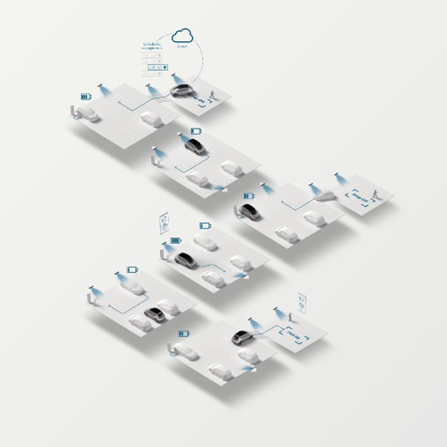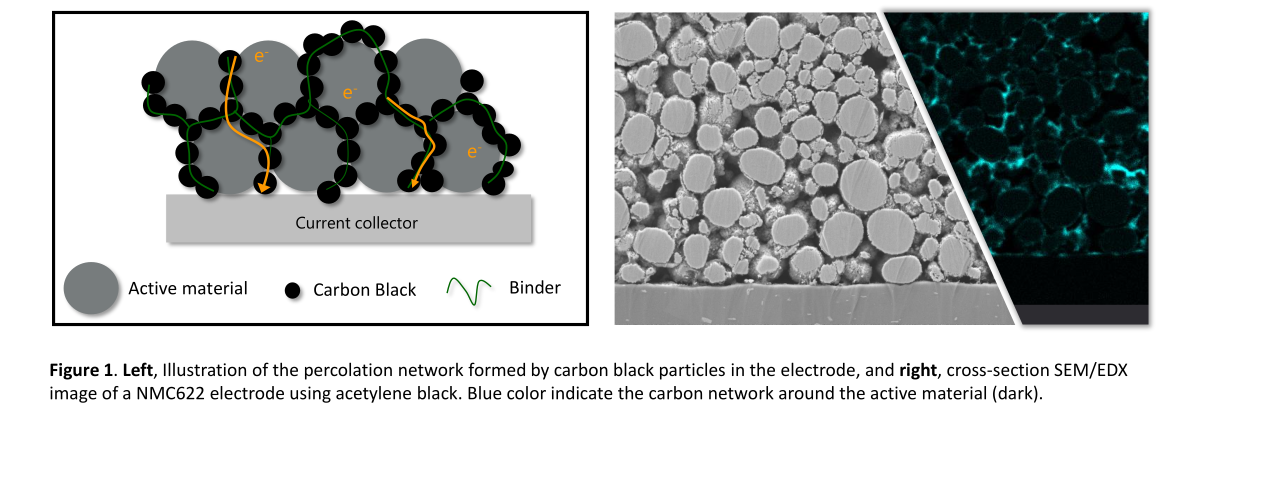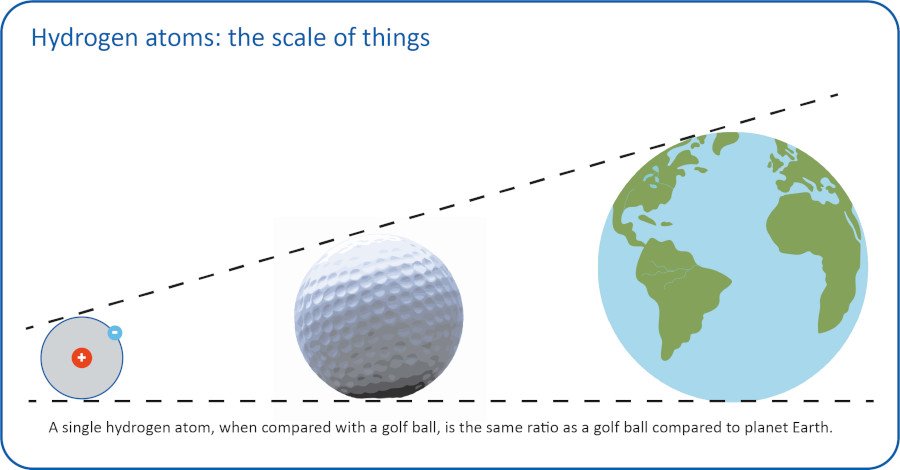The world’s first automated and driverless parking function
Damien Kögler
Bringing mobility and sustainability together requires systems that protect the environment, are closely interwoven, and provide users with a convenient mobility experience. Automated valet parking and automated valet charging play a key role here. The smart technology for infrastructure-based, automated driving from Bosch takes the hassle out of finding a parking space and also takes over the parking process. But that’s not all: while the vehicle is parked, it is also automatically charged.

Driving into the parking garage, getting out and sending the vehicle to the parking garage with a click in the smartphone app – this is not a dream of the future, but reality in the APCOA parking garage P6 at Stuttgart Airport. With automated valet parking, Bosch has developed the world’s first automated and driverless parking function that complies with SAE Level 4 and was officially approved for commercial use in Germany. The driver simply parks the car at a drop-off are in the parking garage. While he can leave the parking garage already the vehicle drives itself to an assigned parking lot and parks. The vehicle also returns to the pick-up area in the same way. The intelligent infrastructure from Bosch installed in the garage interacts with the vehicle technology from Mercedes-Benz. Bosch sensors in the parking garage monitor the aisle and its surroundings and provide the information for controlling the vehicle. The technology in the vehicle translates the information from the infrastructure into driving maneuvers. In this way, the vehicles can also drive up and down ramps and change floors within the parking garage on their own. If the infrastructure sensors detect an obstacle, the vehicle brakes and safely comes to a complete stop. Only once the route is clear does it continue its way.
Automated charging brings many advantages
Bosch is thinking one step ahead. Automated Valet Parking not only paves the way for automated driving, but also for sustainable mobility. This is where automated valet charging comes in. 95 percent of the time, cars just stand around. What if we could put that time to good use? The solution: Bosch combines automated valet parking technology with charging solutions. The infrastructure guides the vehicle to the parking space that is equipped with a charging robot. The robot uses a stereo camera and algorithms to identify and open the charging flap. In the same way, the socket is identified, and the charging plug is inserted into the socket without human interaction. On the vehicle side, all the necessary messages are sent to the vehicle via the Bosch backend to the OEM backend to implement the entire process. Once the vehicle’s battery is fully charged, the car automatically drives away and gives way to the next vehicle. In this way, a whole series of vehicles can be handled without the need for human interaction. As the number of electric vehicles continues to rise, so does the dissatisfaction of electric vehicle drivers with the charging process – long lines at charging stations or fines for unplugging the power cord too late are common problems. If a charging station is available, the charging cable has to be plugged in manually.
From the customer’s perspective, charging electric vehicles is still complicated and inconvenient. This is where automated valet charging comes in, offering numerous benefits.
Charging station operators, EV drivers, energy providers, car manufacturers and the environment all benefit. For example, the automated charging solution increases the efficiency of the charging infrastructure and optimizes the use of charging stations. For charging station operators, this results in lower investments in charging infrastructure because the stations are used more efficiently. Energy providers benefit by smoothing out peaks in energy demand as charging is spread throughout the day. As drivers find it much more convenient to charge their electric vehicles, acceptance of electric vehicles and electric mobility in general increases. This, in turn, benefits car manufacturers. More electric mobility also means less CO2 emissions. The results: The environment benefits.
Vehicles as energy storage
In the future, bi-directional charging will also play a role. This involves using the batteries of electric vehicles to store alternatively generated energy. Through automation, this green energy can be made available when the actual source – such as solar energy – is not available and the vehicle is not currently needed. In this way, the principle of automated valet parking also contributes to the energy transition.
A robot automatically plugs in and unplugs the power cable. Once the vehicle’s battery is fully charged, the car drives away automatically, making way for the next one.
After all, one of the biggest challenges is the acute asynchrony between energy production and consumption. This creates an urgent need for energy storage and transport systems. “Our vision is to use electric vehicles for exactly this purpose – and in an automated way. It’s about making efficient use of vehicle and battery resources” says Manuel Maier, Vice President Product Area Cross Domain Parking Level 4 at Bosch. “We estimate that by 2030 there will be more than 200 million electric vehicles worldwide. That means a huge amount of unused energy storage. And we desperately need it. Right now, a huge amount of renewable energy, such as wind power, is going unused in Germany due to a lack of storage capacity. Capacity that we could make available through vehicle batteries,” explains Maier. For example, in Germany in 2019 around 6,500 GWh remained unused. It is estimated that – calculated over a year – this could power 2.7 million battery-powered electric vehicles or supply around 1.2 million households with energy.” And that’s precisely why we want to systematically pursue our vision of using vehicles as energy storage and transportation systems with our technologies for automation and bidirectional charging.”
Conclusion
Automated valet parking and automated valet charging solve many challenges – including issues of electromobility. And there is a high demand for innovative, user-friendly solutions for vehicle charging. The market for electric cars is growing rapidly. The two technologies automated valet parking and automated valet charging provide answers to this. The solutions help to make efficient use of the car as a resource – automation is the key here.
Damien Kögler Senior Product Manager Automated valet charging Bosch







